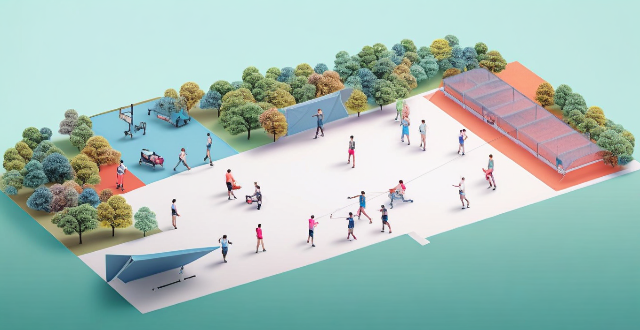Drone technology has revolutionized sports event coverage by providing new perspectives and enhancing the viewing experience. It offers improved visual experiences through aerial shots, enhanced storytelling, increased accessibility to difficult areas, cost-effective solutions, and safety benefits. The use of drones in sports event coverage has made it more engaging and exciting for viewers, while also making production safer and more accessible for filmmakers and broadcasters.

The Impact of Drone Technology on Sports Event Coverage
Drone technology has revolutionized the way sports events are covered, providing new perspectives and enhancing the viewing experience for audiences around the world. In this article, we will explore the various ways in which drone technology has impacted sports event coverage.
Improved Visual Experience
One of the most significant impacts of drone technology on sports event coverage is the improved visual experience it provides. Drones can capture aerial shots that were previously impossible to obtain, giving viewers a unique perspective of the game. This has led to more engaging and exciting broadcasts, as well as increased viewer engagement.
Aerial Shots
- Wide-angle views: Drones can capture wide-angle views of the entire stadium or field, providing a sense of scale and context for the event.
- Close-up shots: Drones can also get close to the action, capturing tight shots of players and their movements during the game.
Enhanced Storytelling
Drones allow filmmakers and broadcasters to create more compelling narratives by showing different angles and perspectives of the game. This helps to tell a more complete story of the event, making it more engaging for viewers.
Increased Accessibility
Another impact of drone technology on sports event coverage is increased accessibility. With drones, filmmakers and broadcasters can reach areas that were previously difficult or impossible to access, such as high up in the stadium or behind the scenes. This allows them to capture unique footage that would not have been possible before.
Access to Difficult Areas
- High vantage points: Drones can fly over large crowds and capture shots from above, providing a bird's-eye view of the event.
- Behind-the-scenes access: Drones can also be used to capture behind-the-scenes footage, such as player warm-ups or team huddles.
Cost-Effective Solution
Drone technology offers a cost-effective solution for sports event coverage. Compared to traditional filming methods, such as using helicopters or cranes, drones are much cheaper and require less equipment and personnel. This makes it easier for smaller production companies or independent filmmakers to cover sports events without breaking the bank.
Lower Production Costs
- Reduced equipment needs: Drones eliminate the need for expensive equipment like helicopters or cranes.
- Fewer personnel required: Drones can be operated by one person, reducing the number of crew members needed on site.
Safety Benefits
Finally, drone technology provides safety benefits for sports event coverage. Filming from high up in the stadium or close to the action can be dangerous for camera operators and other personnel. With drones, these risks are eliminated, making it safer for everyone involved in the production process.
Reduced Risk of Injury
- No need for dangerous positions: Drones can capture shots from high up in the stadium or close to the action without putting anyone at risk.
- Less equipment handling: Drones reduce the amount of heavy equipment that needs to be handled, lowering the risk of injury during setup and teardown.
In conclusion, drone technology has had a significant impact on sports event coverage by improving the visual experience, increasing accessibility, offering cost-effective solutions, and providing safety benefits. As drone technology continues to evolve, we can expect even more innovative ways to cover sports events in the future.